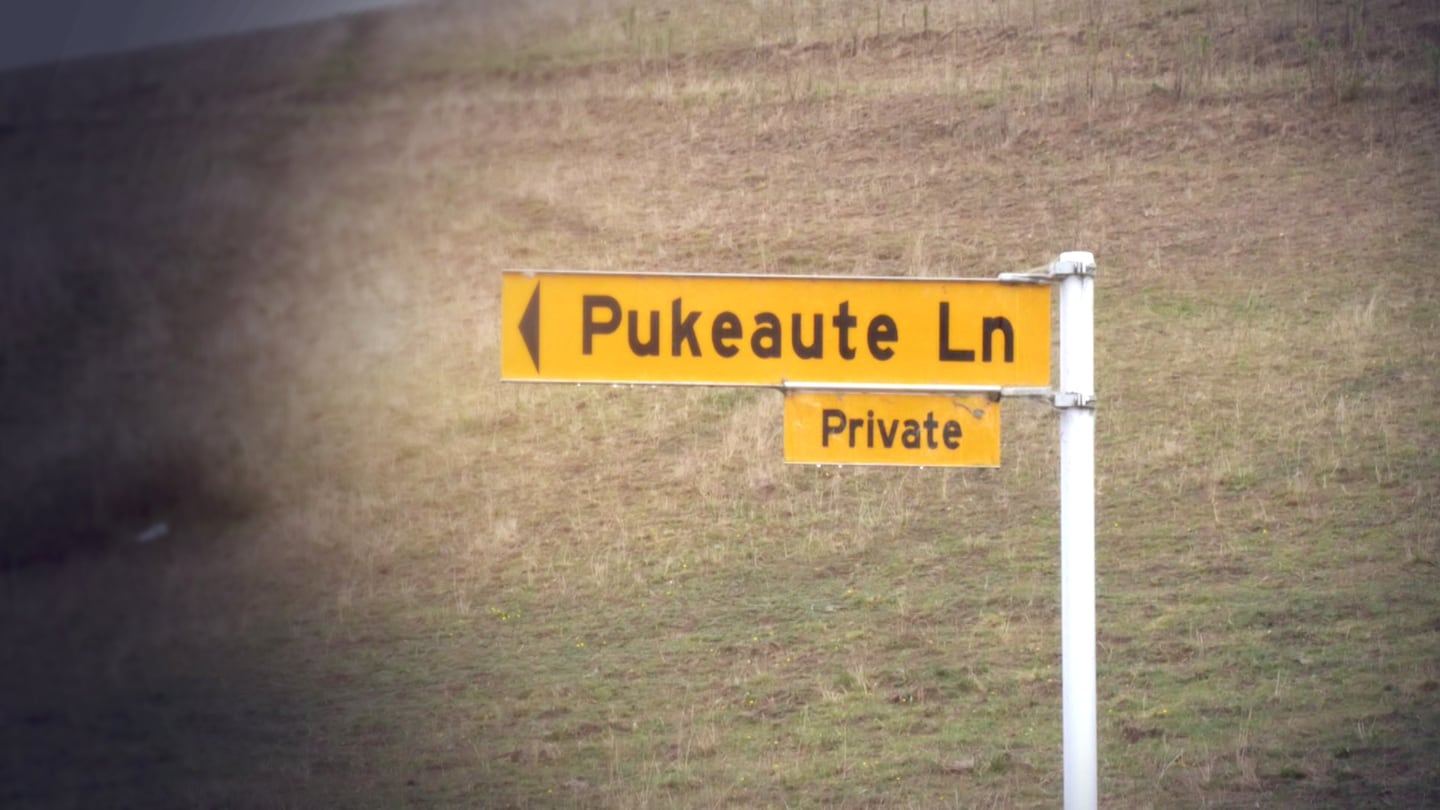The final home in a papa kāinga in Hawke’s Bay has been opened, fulfilling a 30-year-long dream.
The project finally began in 2019 and has seen some delays due to Covid-19 and Cyclone Gabrielle, But now whānau in Te Hauke have a community filled with whānau.
Georgina Makoare (Ngāti Kahungunu) has seen the Pukeaute papa kāinga grow from its first plans along with her husband Zack Makoare and she says her and the whānau are living the dream.
“After Covid and the cyclone it’s really great to finally realise and achieve the dream, the moemoeā of the trust and the whānau. So to have this last home completed is a real achievement,” she says.
The final home of the papakāinga is now open and ready to shelter whānau.
Malcom ‘Scottie’ Northover’s daughter is a resident at Pukeaute and he says seeing her safe, surrounded by whānau is an important step in the right direction for Māori as a whole.
Option for whānau with whenua
“Our whānau are being displaced. They’re finding it hard to get housing and this is one option for whānau who have whenua to utilise that for housing for our whānau,” he says.
The papa kāinga is located in Te Hauke, Hawke’s Bay and takes the name of an ancestral piece of land situated on the hill above the homes.
Te Hauke Kaumātua Jerry Hāpuku says the history of the area is much deeper than what is known.
“I ngā wā o mua, mō tēnei o ngā hiwi ko koe tēnei e koropuku nei ki tēnei o ngā hiwi, ko Raukawa. Ko wai a Raukawa? Te tama o tēnei tipuna, o Mahinaarangi me Tūrongo. Kei kōnei o ngā whenua i ngā wā o mua, kei te pakanga ki Te Roto a Tara, ā, kei te whakatā ki ngā ngahere. Ko koe tēnei ki Pukeaute. Nā te rākau i āwhina mai.”
(In times of old, this hill here was a place to hide. Raukawa. Who is Raukawa? The son of our ancestors Mahinaarangi and Tūrongo. Here on this land in those times, when there was a battle out on Te Roto a Tara, they would retreat into the forest up here, in Pukeaute. The trees were their safe haven.)
‘Ehara i te whare noa iho!’
Māori Development Minister Tama Potaka, there for the occasion, says whānau living together on their own land is a project he supports.
“Ki a au nei, e whiriwhiri ana mātou o te kāwanatanga haumi, he aha te huarahi tika. Engari me te mōhio hoki, ēnei momo āhuatanga ehara i te whare noa iho, engari he whānau, he hapori kē. Nā reira koirā tāku, koirā tā mātou o te kāwanatanga haumi e tautoko ana, kia tū hapori mai, kia tū whānau mai, kia kaua koe e tū kotahi.”
(Our coalition government is trying to choose the right avenue. But bearing in mind, these projects aren’t just houses alone, they are more like families and a community instead. So that’s what I and the coalition government support is communities standing as one, family standing as one, so you are not standing alone.)
Makoare and residents of this community say they are delighted to feel a sense of unity living with whānau.
Makoare says, “To see our mokopuna coming up and down to our homes. Even if we’re not home, just waltzing in. I know they’ve been here because the door is left open or something like that. So, to have us all working together as a whānau, building that capability and capacity together, moving in the same direction it’s amazing.
“As my daughter said, ‘we are living the dream’.”




